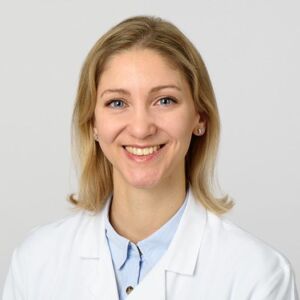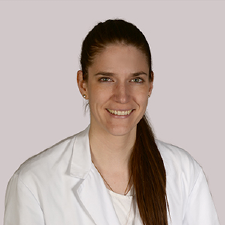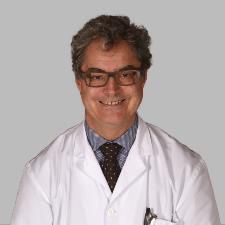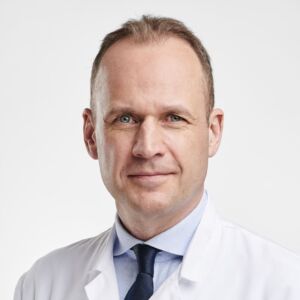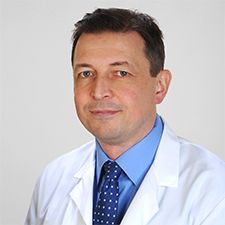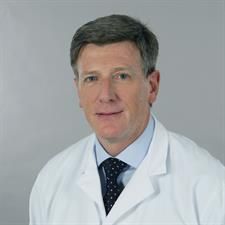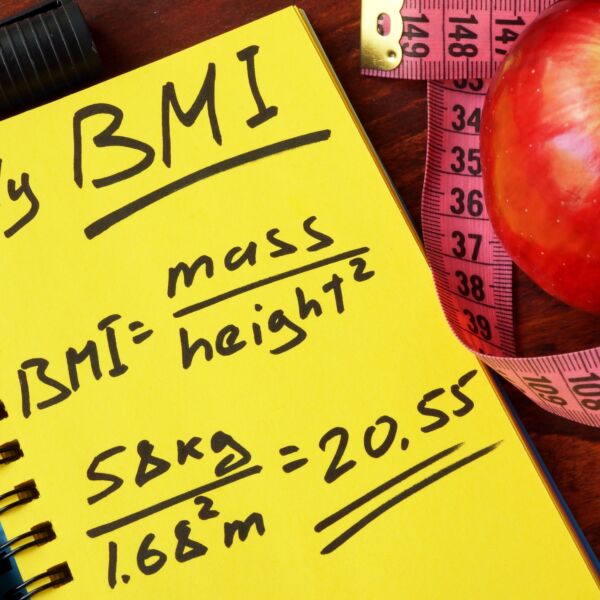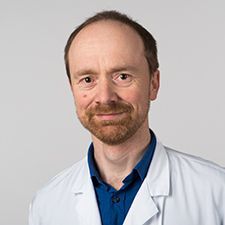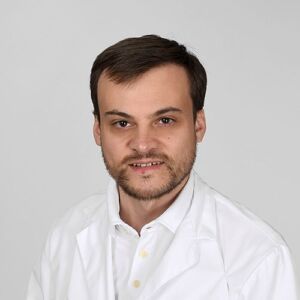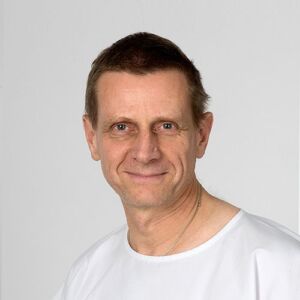Not a typical allergy
Very often these patients also suffer from hay fever, asthma or food allergies. Together with neurodermatitis, these diseases are classified as atopic diseases. Atopy means reacting to environmental influences with the formation of IgE antibodies. Atopic dermatitis is not an IgE-mediated reaction, meaning that the skin immediately deteriorates when hazelnuts are consumed, for example. Nevertheless, some patients report a worsening of the skin condition in connection with certain foods or during the hay fever season. It is an inflammatory reaction in the skin that is influenced by various factors and leads to an excessive reaction of the immune system.
Therapy over several stages
Cortisone is often used locally during an acute flare-up. The immune response and thus the violent inflammatory reaction are thus inhibited locally. The side effects for the body are minimal, as local cortisone hardly enters the bloodstream. If neurodermatitis occurs over a large area, medication is also used for a short time to dampen the immune system as a whole. For the dermatologist, however, this is not a sustainable option. “As soon as you stop taking these medications, a new flare-up can occur. The medication is often not tolerated as well.” New medications are intended to provide relief by specifically targeting the relevant messenger substances. They are therefore intended to intercept the message that an ignition needs to be fought so that the “fire department” does not even have to go out.
Effective, simple and without side effects
The second therapy of choice after anti-inflammatory ointments such as cortisone is light therapy. It acts directly on the skin, is practically free of side effects and is therefore also suitable for pregnant women. Thanks to filtering to a specific wavelength in the UVB spectrum, it also does not increase the risk of skin cancer. Above all, however, it can have a long-term, positive effect. In addition, the actual therapy is extremely short: a session lasts only a few minutes. The only disadvantage is the sometimes considerable organizational effort required for two to three sessions a week for three to four months. Integrating treatment into your commute: The USZ’s offer at the Circle at Zurich Airport may make this easier for some.
Learning to live with the disease
For Karin Grando, the most important thing is that the people affected learn to deal with the disease and the constant itching. And not to give up. These are simple tips that she can pass on to patients. “If there is enough time. First and foremost, we explain the prescribed therapy and how to use, apply or take the medication after the doctor’s consultation.” What other tips would she give? “Avoid anything that puts additional stress on the skin. So don’t take a hot shower with a soft jet of water, dab yourself dry and never rub. Or even wear your underwear with the seams facing outwards.”
